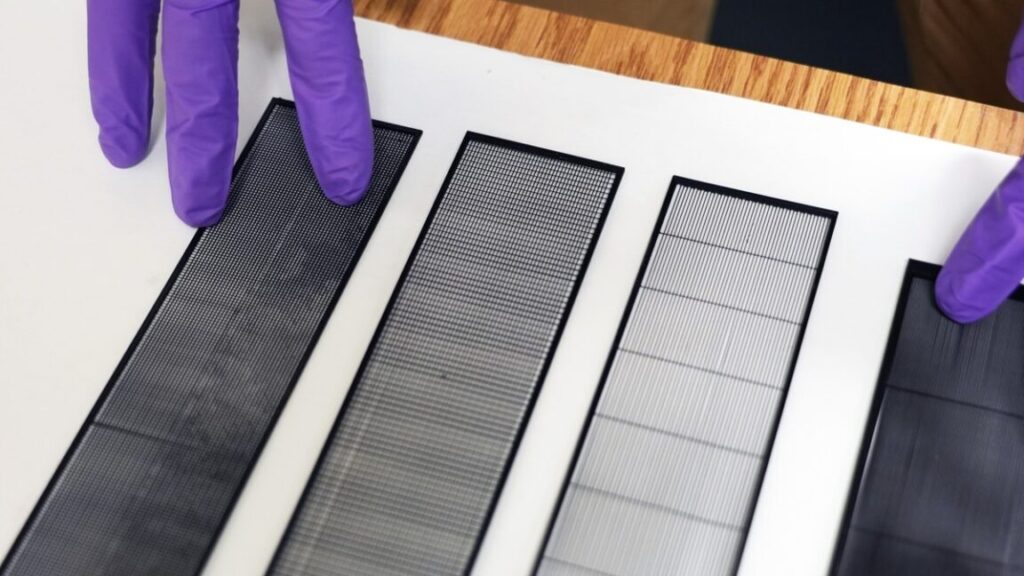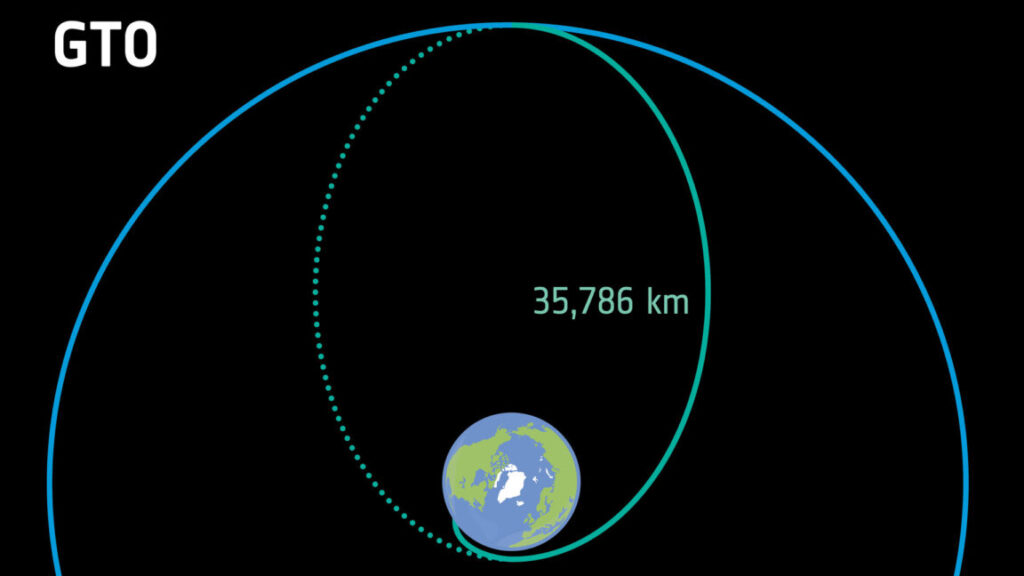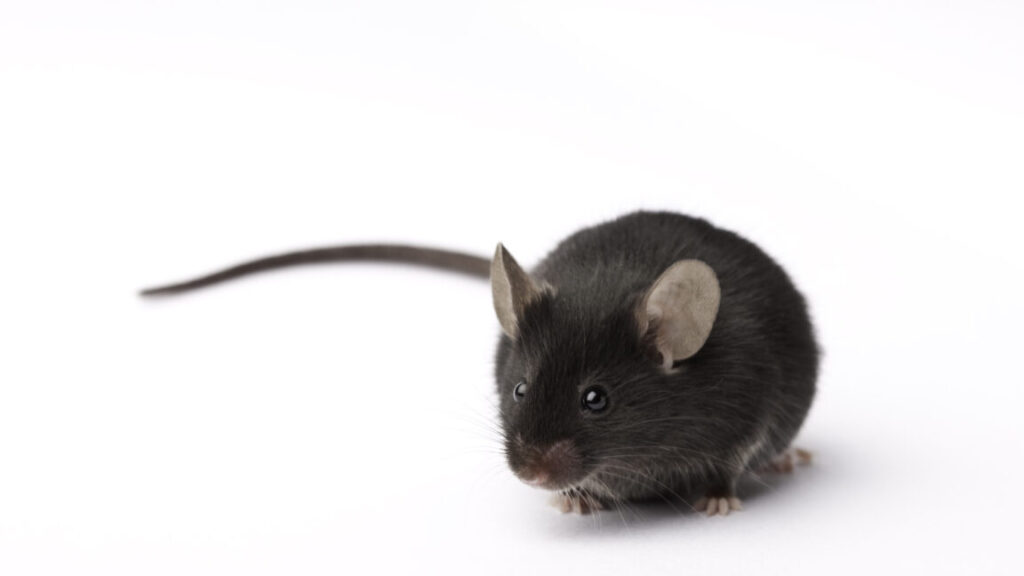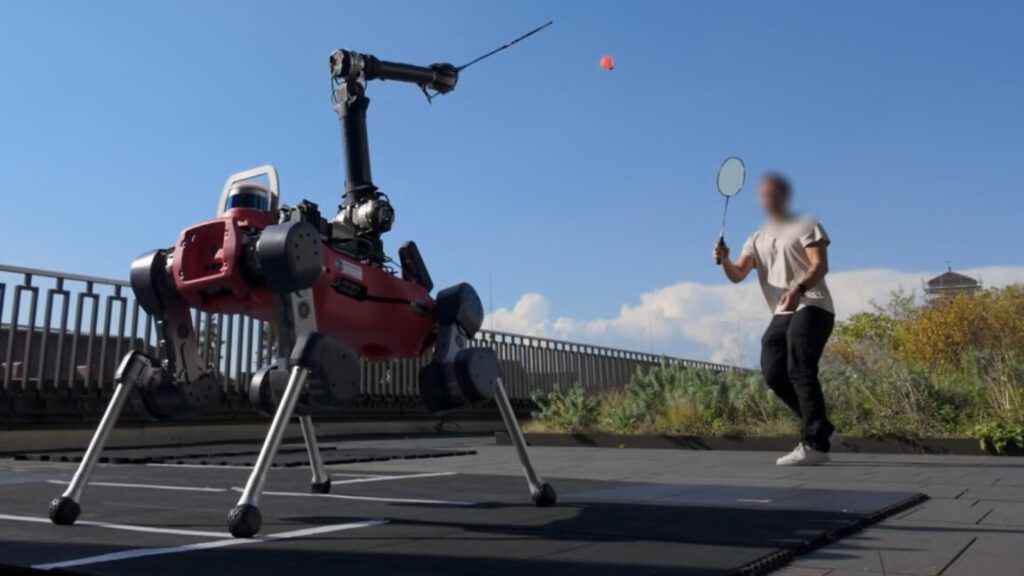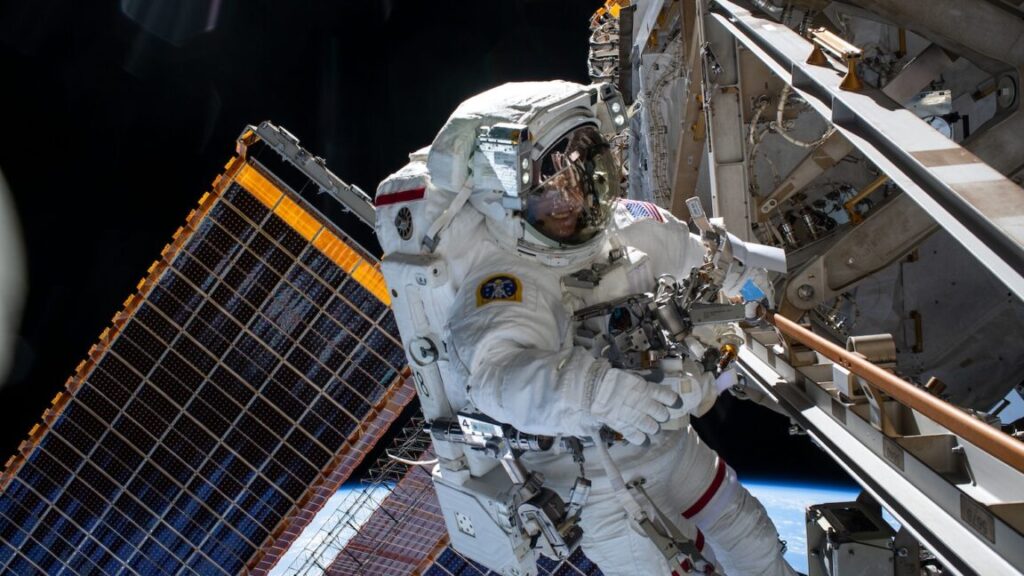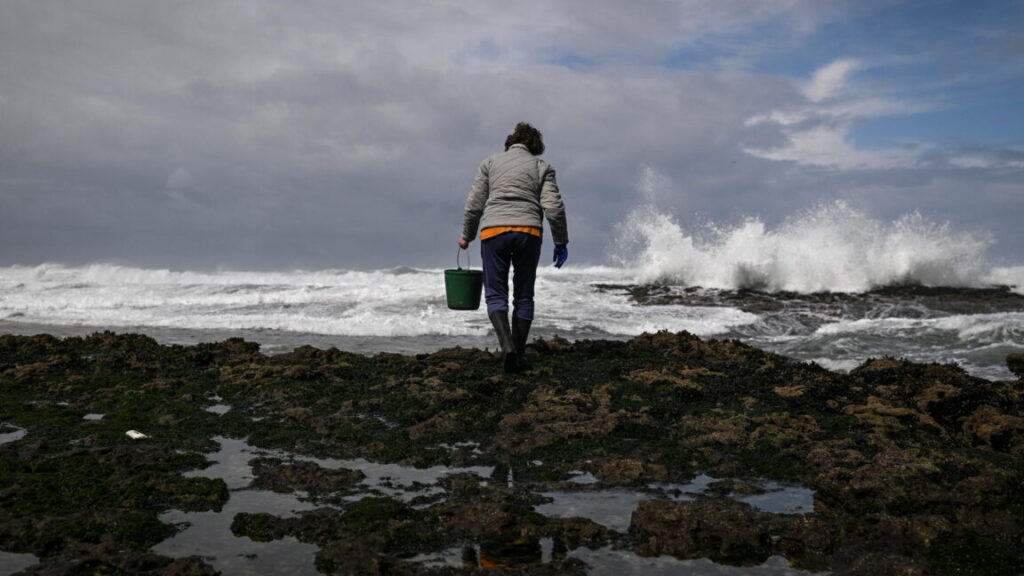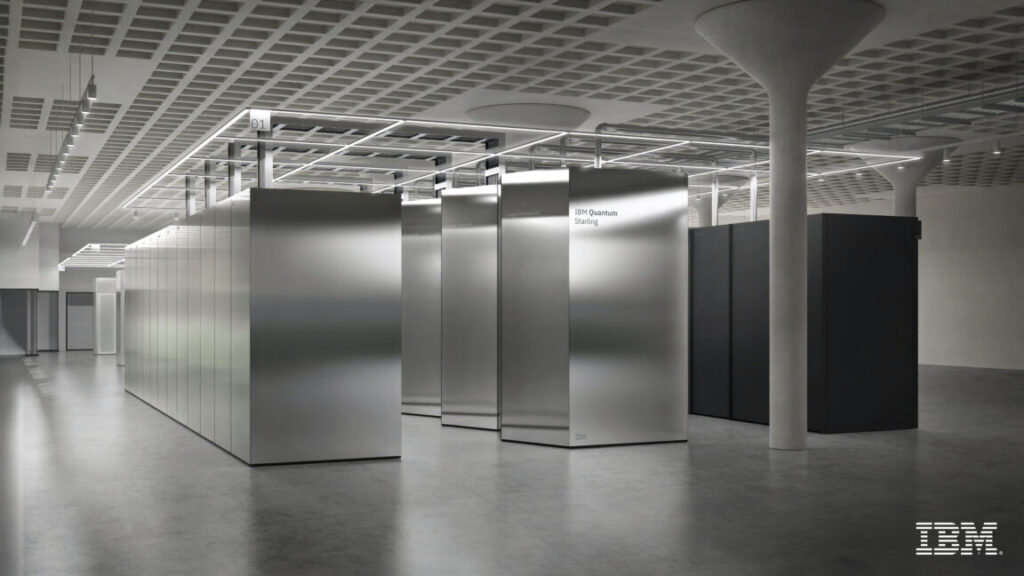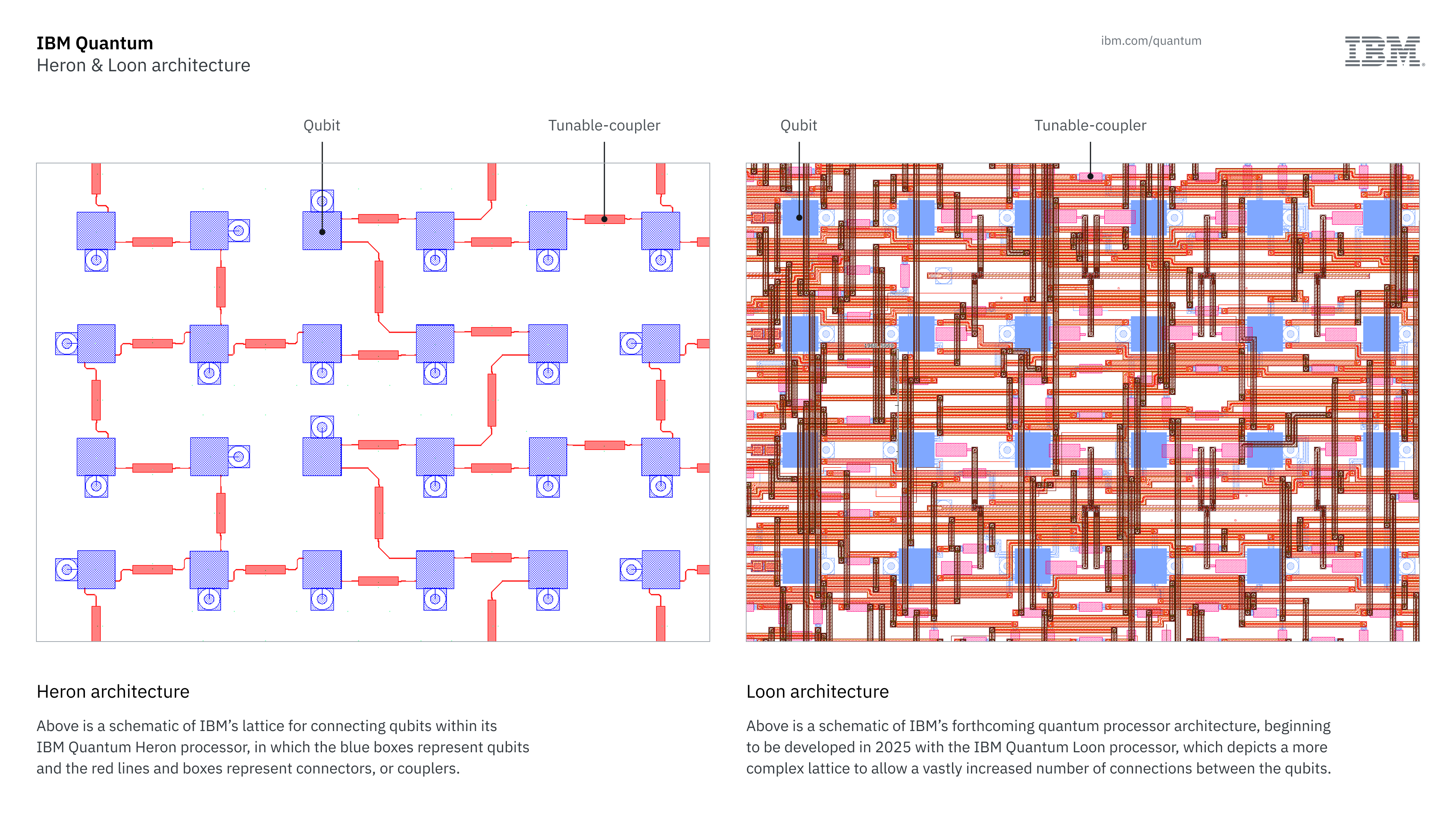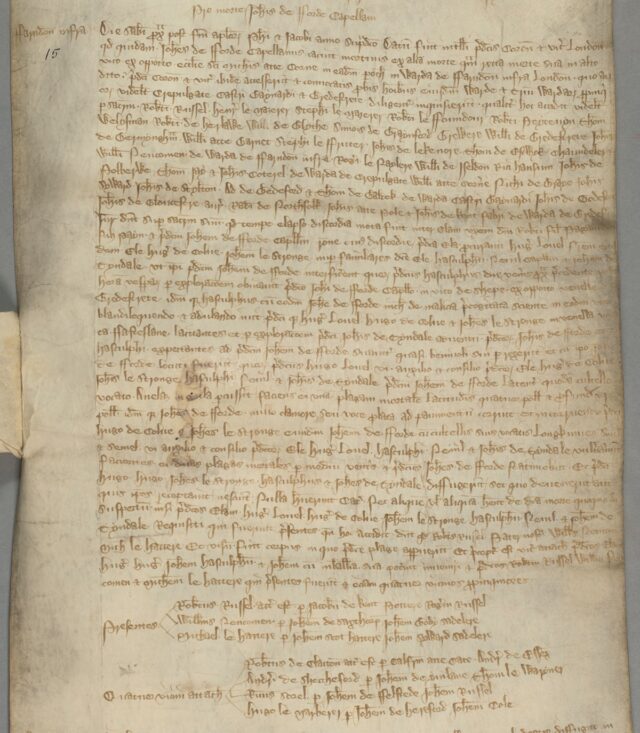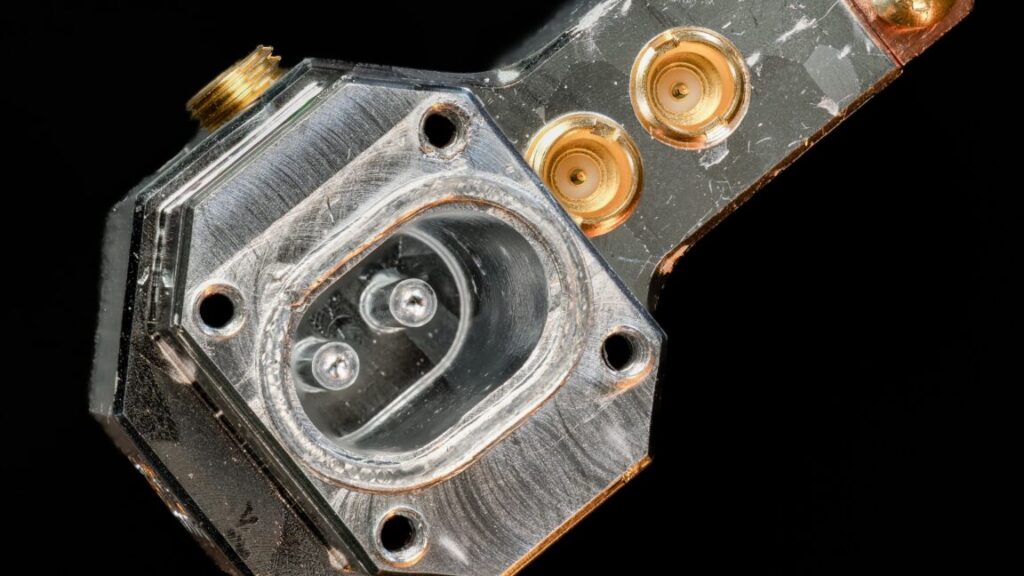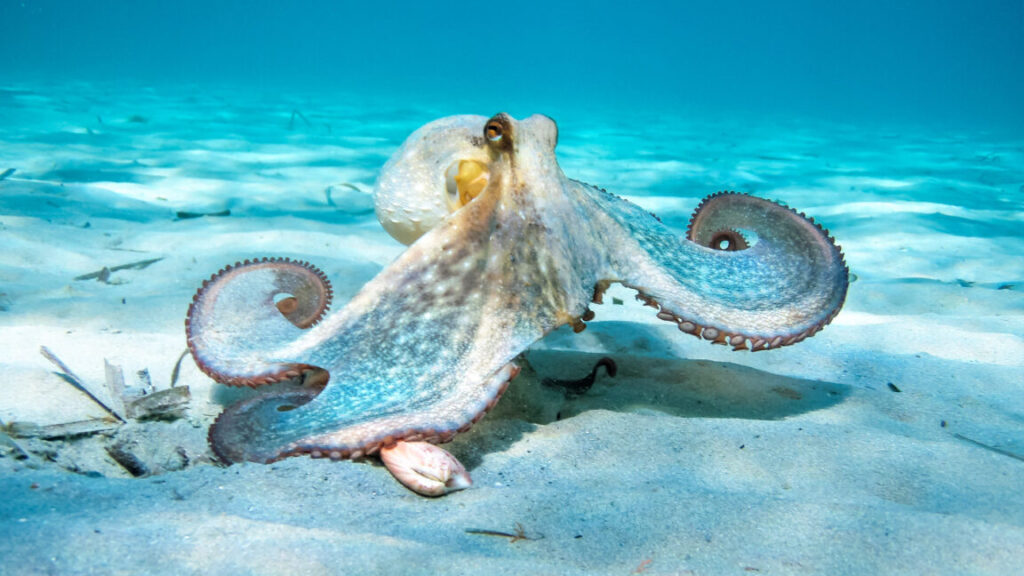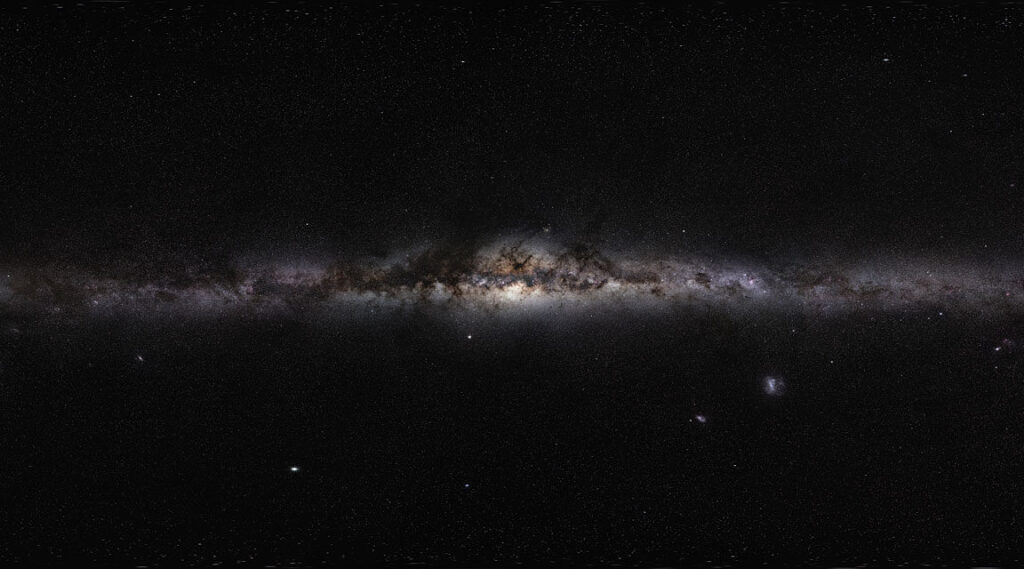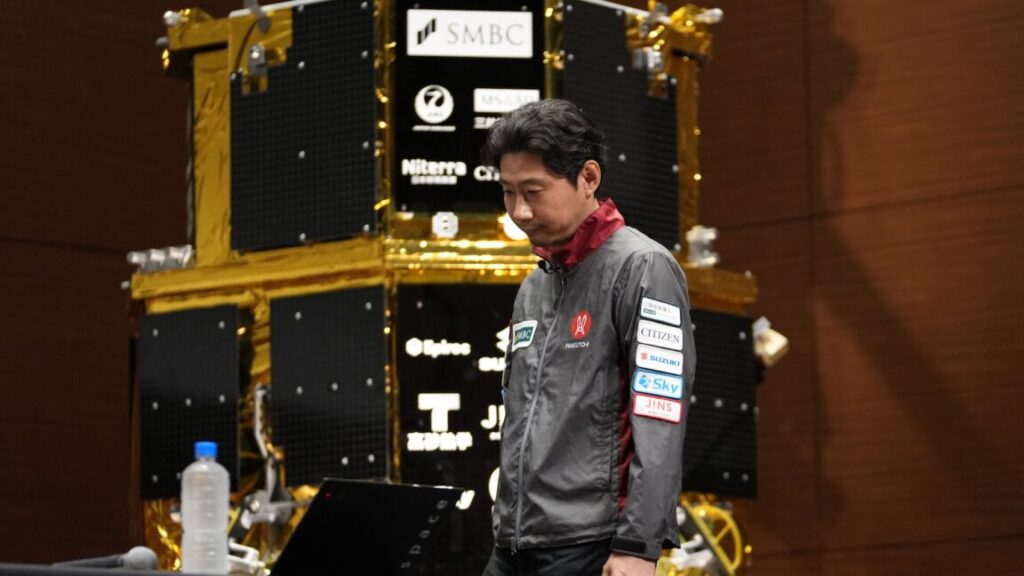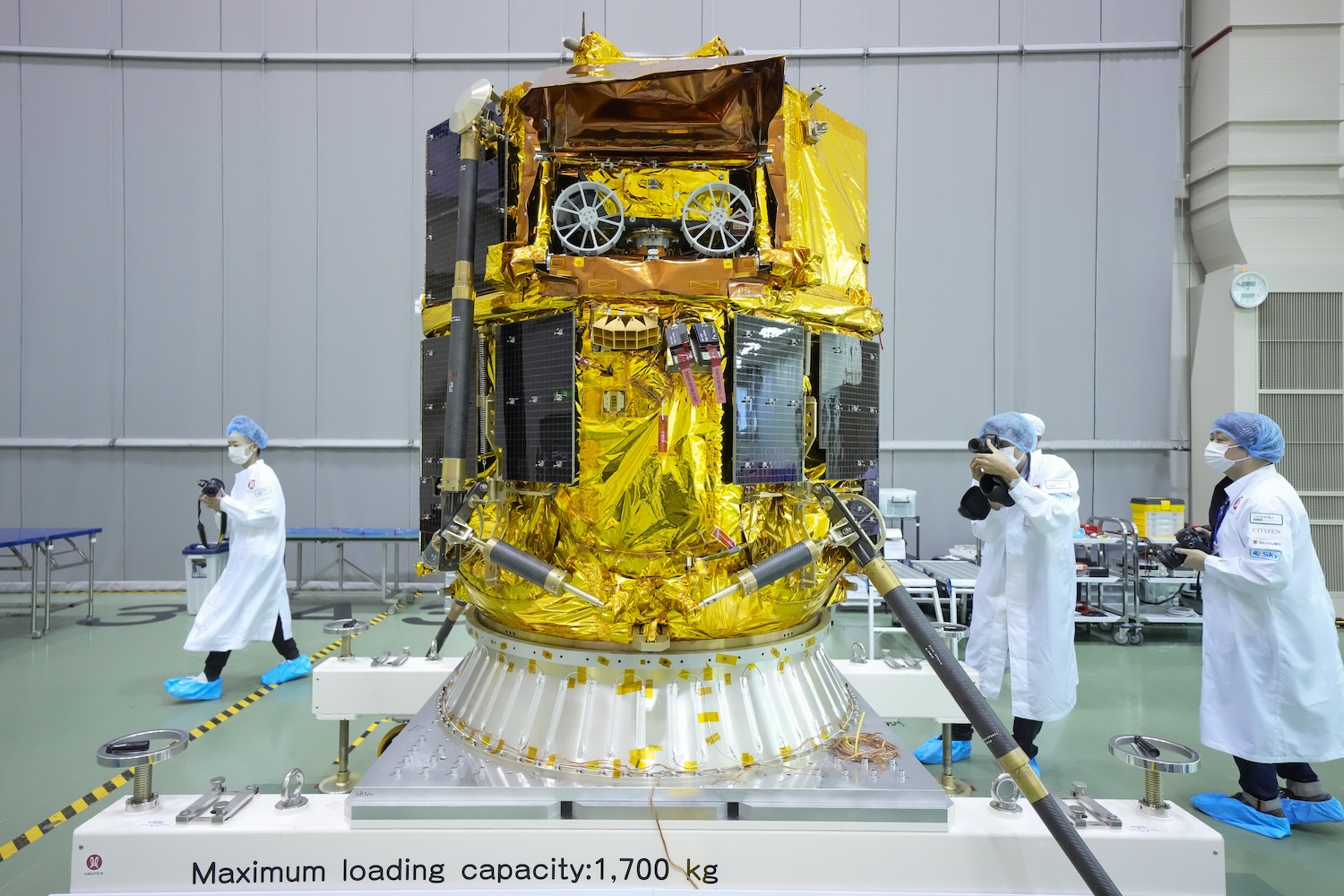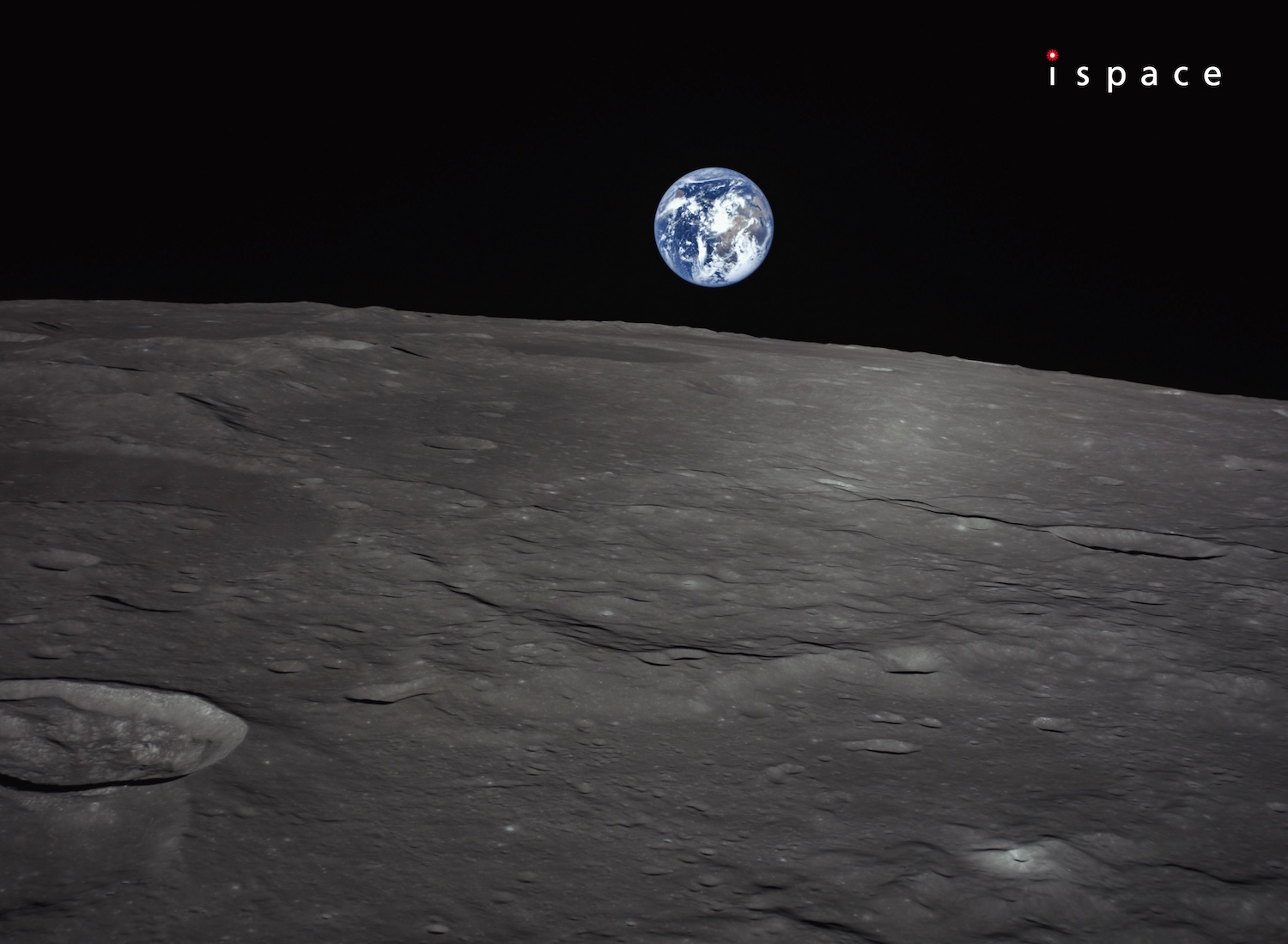These VA Tech scientists are building a better fog harp
Unlike standard fog harvesting technologies, “We’re trying to use clever geometric designs in place of chemistry,” Boreyko told Ars. “When I first came into this field, virtually everyone was using nets, but they were just trying to make more and more clever chemical coatings to put on the nets to try to reduce the clogging. We found that simply going from a net to a harp, with no chemicals or coatings whatsoever—just the change in geometry solved the clogging problem much better.”

Jimmy Kaindu inspects a new collecting prototype beside the original fog harp. Credit: Alex Parrish for Virginia Tech
For their scale prototypes in the lab, Boreyko’s team 3D printed their harp “strings” out of a weakly hydrophobic plastic. “But in general, the harp works fantastic with uncoated stainless steel wires and definitely doesn’t require any kind of fancy coating,” said Boreyko. And the hybrid harp can be scaled up with relative ease, just like classic nets. It just means stringing together a bunch of harps of smaller heights, meter by meter, to get the desired size. “There is no limit to how big this thing could be,” he said.
Scaling up the model is the next obvious step, along with testing larger prototypes outdoors. Boreyko would also like to test an electric version of the hybrid fog harp. “If you apply a voltage, it turns out you can catch even more water,” he said. “Because our hybrid’s non-clogging, you can have the best of both worlds: using an electric field to boost the harvesting amount in real-life systems and at the same time preventing clogging.”
While the hybrid fog harp is well-suited for harvesting water in any coastal region that receives a lot of fog, Boreyko also envisions other, less obvious potential applications for high-efficiency fog harvesters, such as roadways, highways, or airport landing strips that are prone to fog that can pose safety hazards. “There’s even industrial chemical supply manufacturers creating things like pressurized nitrogen gas,” he said. “The process cools the surrounding air into an ice fog that can drift across the street and wreak havoc on city blocks.”
Journal of Materials Chemistry A, 2025. DOI: 10.1039/d5ta02686e (About DOIs).
These VA Tech scientists are building a better fog harp Read More »
